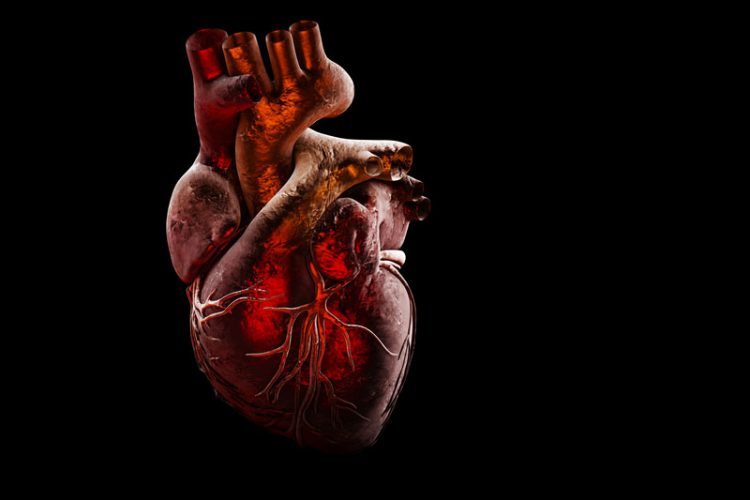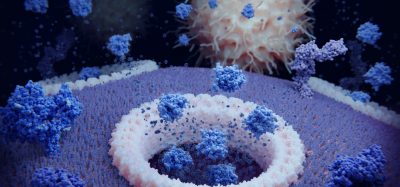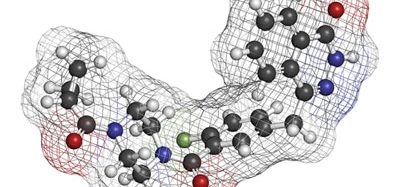Potential therapeutic target for ventricular fibrillation found
Posted: 29 November 2023 | Drug Target Review | No comments yet
A signalling mechanism for ventricular fibrillation involving the stress kinases p38γ and p38δ has been discovered.


A novel signalling mechanism involved in the development of ventricular fibrillation, a type of arrythmia, has been discovered by researchers from the Centro Nacional de Investigaciones Cardiovasculares (CNIC) in Madrid. The study, led by Dr Gaudalupe Sabio and Dr José Jalife, promises future treatment options.
Ventricular fibrillation is the most common cause of sudden cardiac death. Aging is an established risk factor for the development of cardiac arrhythmia, but the mechanisms underlying this link have been difficult to determine, slowing progress toward the development of specific treatments.
The heartbeat is a cycle of regular contractions of the cardiac muscle that pumps blood throughout the body. To do this, the cardiac muscles must be highly coordinated to contract in this meticulous pattern. However, when a person develops an arrhythmia, the cardiac cycle speeds up and becomes irregular, with potentially life-threatening consequences.
The CNIC team, using animal models, found a connection between the development of ventricular fibrillation and the activation of two key signalling proteins, the stress kinases p38γ and p38δ. The link with these enzymes was independent of the sex of the animals.
The researchers examined the hearts of old mice and discovered that the activation of p38γ and p38δ was increased. Also, a similar increase in the activity of these enzymes was seen in the mice hearts with a genetic or pharmacologically induced predisposition to developing ventricular arrhythmias. Both of these results indicate that stress signalling via p38γ and p38δ is likely to have a critical role in the development of this condition.
First author Dr Según Rafael Romero stated: “When we found that activation of these p38 kinases was a shared feature of distinct arrhythmogenic situations, we realized that they likely play an important role that we needed to investigate.”
When an in-depth analysis of this signalling pathway was conducted, it showed that when these protein kinases are activated, they change the electrical properties of cardiomyocytes, the heart’s muscle cells, initiating the appearance of arrhythmias. This onset of arrhythmia involves p38-mediated alterations to specific ion channels that coordinate cardiomyocyte contraction.
The team observed that p38γ and p38δ phosphorylate a receptor called ryanodine receptor 2 and another protein called SAP97, culminating in a mislocalisation of the potassium ion channel Kv4.3. These molecular changes lead to premature ventricular activation and an increased susceptibility to ventricular fibrillation.
These findings offer a possible therapeutic target for the development of new strategies to prevent sustained ventricular fibrillation and provide protection against it.
This study was published in Nature Cardiovascular Research.
Related topics
Drug Targets, Protein
Related conditions
ventricular fibrillation
Related organisations
Centro Nacional de Investigaciones Cardiovasculares (CNIC)








